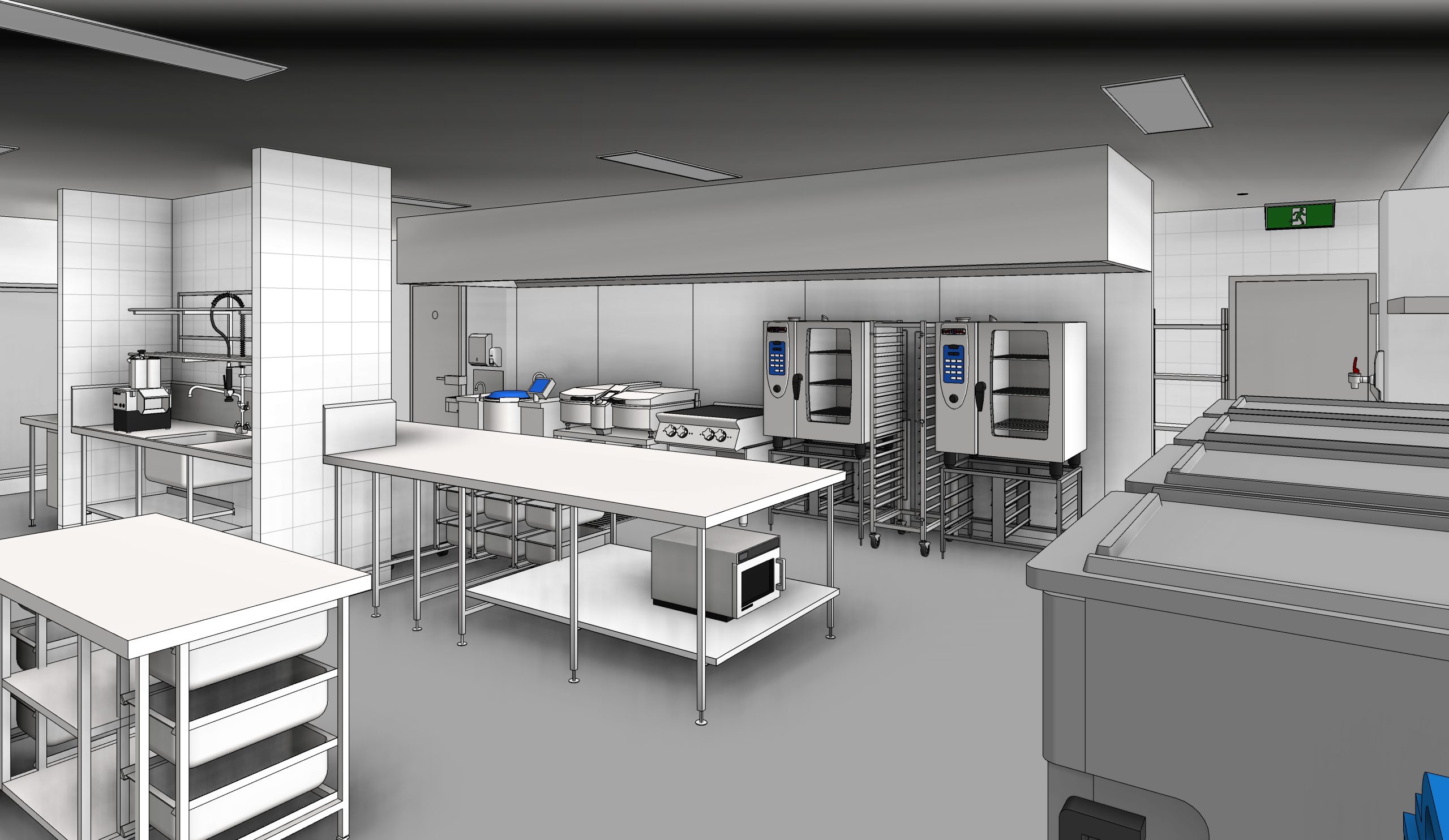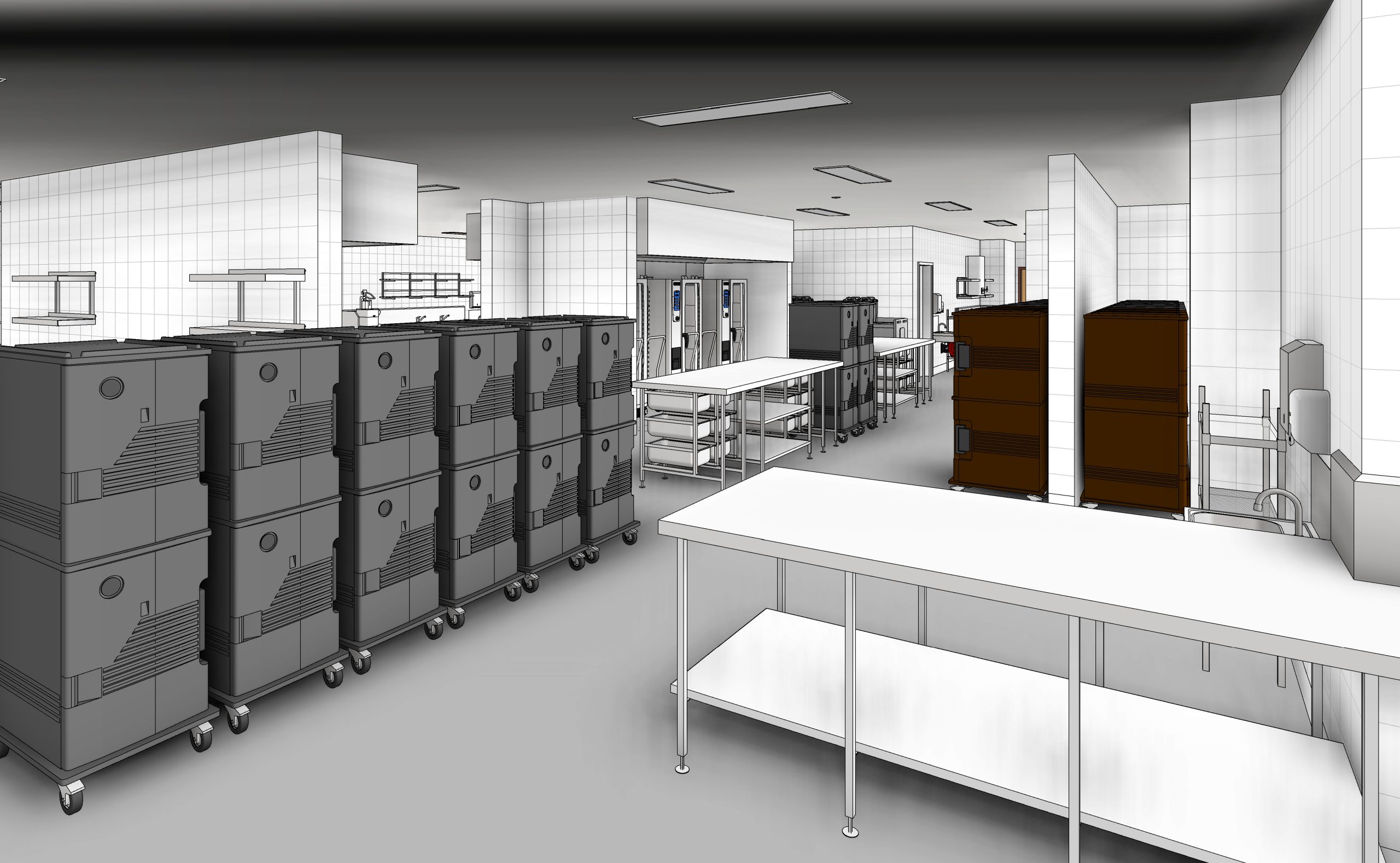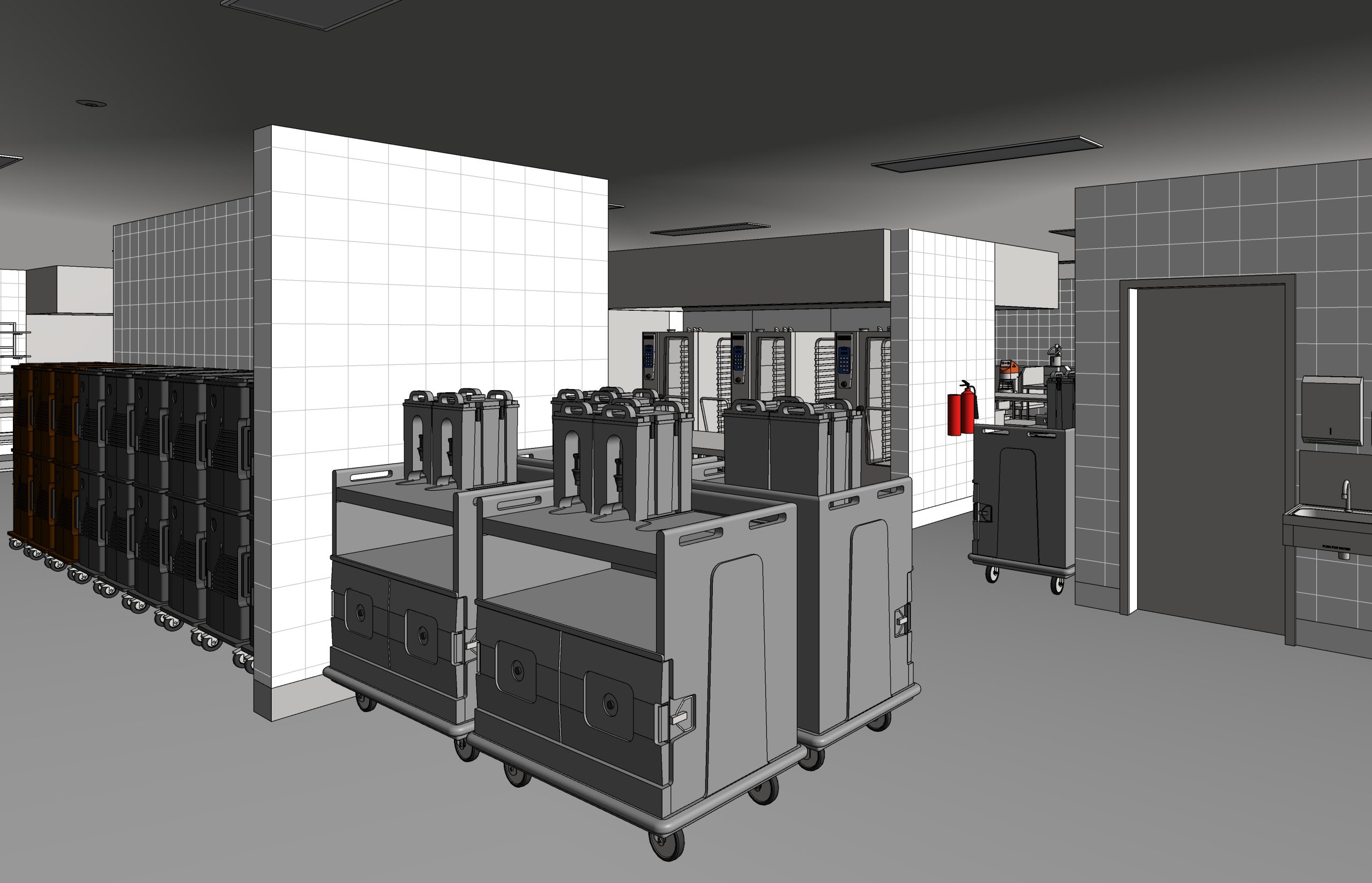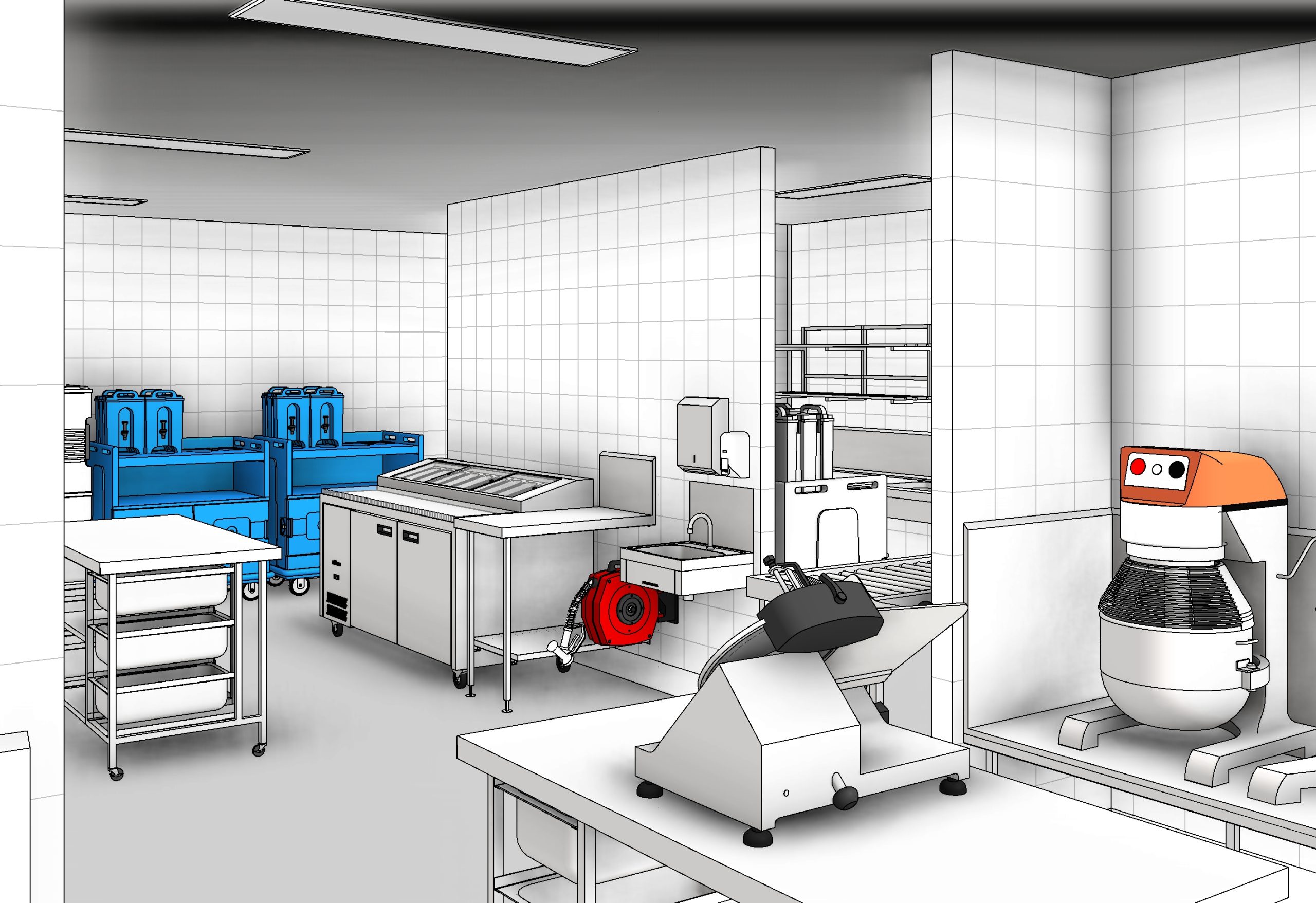Most food business owners compare the prices of catering equipment, but there’s one factor that should never be overlooked — commercial kitchen equipment dimensions. It’s great if you find a bargain
Reasons To Obsess About Commercial Kitchen Equipment Dimensions
Most food business owners compare the prices of catering equipment, but there’s one factor that should never be overlooked — commercial kitchen equipment dimensions. It’s great if you find a bargain, but not so great if the equipment doesn’t fit or doesn’t have the right features to suit your menu or the number of people your business will feed in a day.
Obtaining precise measurements for equipment helps you plan for capacity, increase energy efficiency, maximise space, create a smooth workflow, meet food safety standards and minimise renovation costs in the future.
1. Plan For Capacity
What’s on your menu? How many customers will your restaurant or café serve on a busy day? Think about these when determining the size of your commercial kitchen equipment. If you’re opening a takeaway that serves plenty of fried food, you’ll need high-capacity deep fryers. If you’re opening a bakery, you’ll need an area for preparing dough and baking bread.
Allocating more space in your foodservice design for equipment that will be used often will help your business run smoothly at peak hours. Smaller equipment costs less, but if it slows down your operations, you will lose customers and revenue.
Foodservice designers are experts at creating the best layout for commercial kitchens. They understand how kitchen space should be divided to enhance productivity. Foodservice designers are also knowledgeable about catering equipment. They are highly qualified at specifying equipment with the right dimensions for your food business.
2. Increase Energy Efficiency
Bigger isn’t always better. This is especially true for cold storage equipment. Refrigerators and freezers consume a lot of electricity. The bigger the equipment, the more electricity it needs to operate. If your commercial kitchen is equipped with huge fridges and freezers that are rarely used, you’ll waste money on utility costs. A coldroom could serve the same purpose at a lower price.
Professionals create foodservice designs that minimise running costs. Commercial kitchen equipment with the same dimensions could have different prices and energy consumption. Experienced foodservice designers help you choose energy-efficient equipment that suits your kitchen space, operations and budget.
3. Maximise Space
Compact commercial kitchens could be highly productive with the help of foodservice designers. You might think that floor space determines how much equipment can fit in your kitchen, but this is not always that case. Excellent foodservice designers come up with creative solutions to maximise space. They can use existing infrastructure to install more equipment or tear down walls to streamline the workflow of your kitchen.
Accurate site measurements and commercial equipment dimensions are crucial to help foodservice designers make the most out of your physical establishment. These will help them determine if an equipment item will fit in a corner, if a salamander could be mounted on a wall, or if constructing custom cabinetry will enable you to put more equipment in your commercial kitchen.
4. Create A Smooth Workflow
How much space will be left once your commercial kitchen is fully equipped? There should be enough space for kitchen staff to move around. Cramped commercial kitchens decrease productivity. They also increase the risk of accidents and injuries.
Foodservice designers follow industry standards and local regulations to ensure workplace safety. They are trained to consider the flow of operations when creating floor plans and specifying commercial kitchen equipment. By providing your foodservice designer with accurate equipment dimensions, your restaurant or café will benefit from a productive and safe professional kitchen.
5. Meet Food Safety Standards
Cleanliness is crucial in foodservice. Commercial kitchens must comply with food safety regulations to minimise the risk of contamination. Smooth surfaces prevent grease and debris from accumulating. This is why commercial kitchens need floor coving. Creating a seamless transition between the floor and the wall makes a kitchen easier to clean. High-quality commercial kitchen equipment is also designed for easy cleaning.
Food could fall in narrow spaces between catering equipment. Liquids might spill into hard-to-reach areas. Foodservice designers prevent this by fitting equipment flush against the wall and other equipment. Placing catering equipment with matching height and width side to side creates a seamless working surface that’s easy to clean and sanitise. They need precise equipment measurements to achieve this.
Check out our growing list of free food safety resources.
6. Minimise Renovation Costs
Reconfiguring or expanding commercial kitchens is easy with flexible foodservice designs. Equipment can be stacked on top of each other or rearranged to modify your kitchen’s layout. This is important when the operations of the back of the house need to change. When you start your own restaurant or café, think about your plans for the future. Can your commercial kitchen accommodate it? It’s better if you don’t have to knock down walls or build new fixtures in the future.
Foodservice designers are experts at creating versatile commercial kitchens. If you plan to expand your business in the future or change your kitchen workflow, they will specify modular equipment for your commercial kitchen. This enables you to change the cooking environment and customise it to suit your needs. Flexible foodservice designs require extra space for modification, so you and your designer need precise measurements of your physical establishment, starting equipment and future equipment.
Find Expert Foodservice Designers For Your Business
Open your restaurant or café on time and on budget. Food Strategy’s experienced designers create plans that are site specific, detailed and accurate to the millimetre. Contact our foodservice designers to obtain regulation compliant designs that pass assessments.




